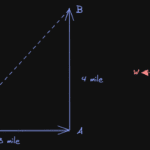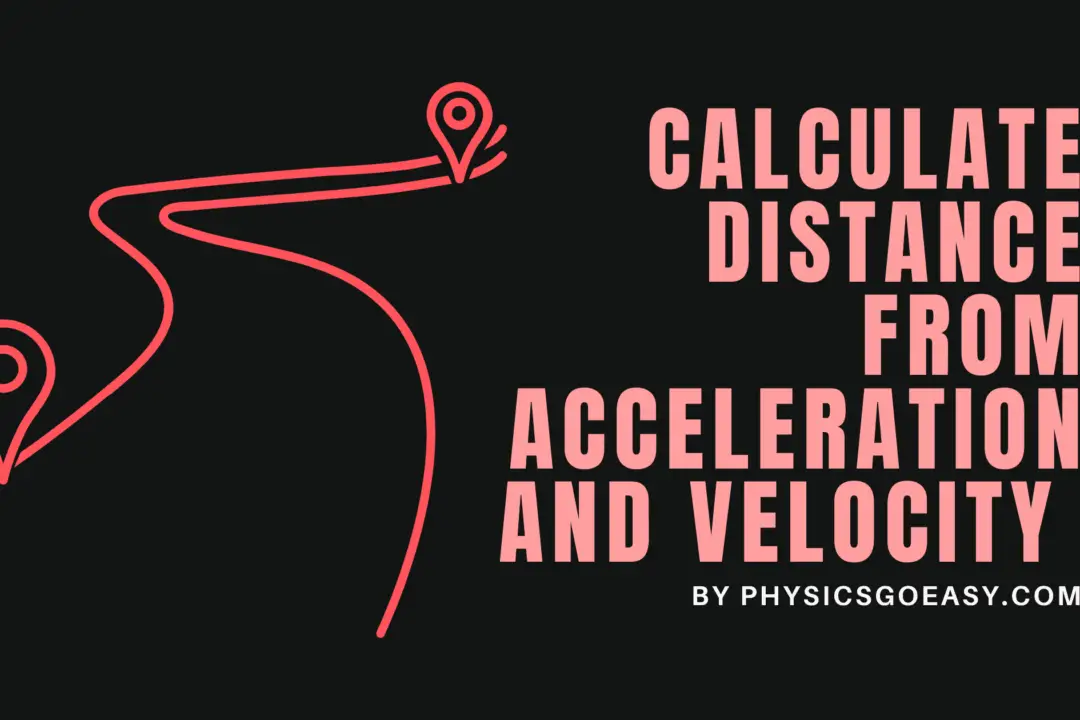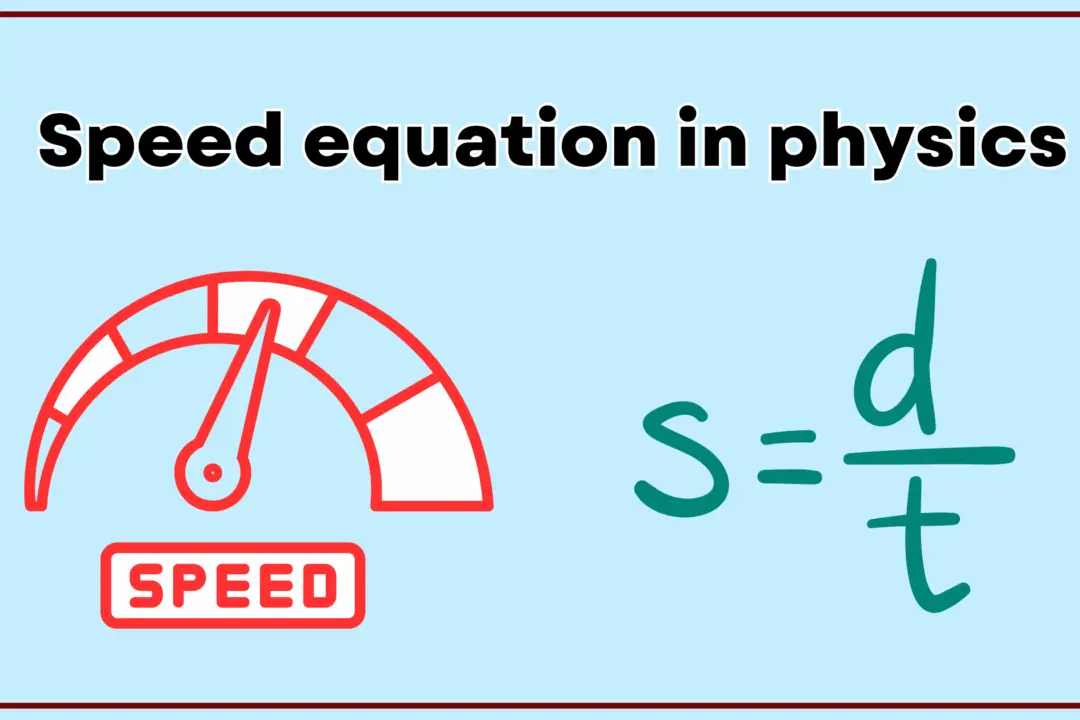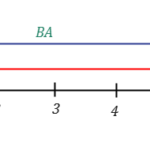How to calculate average velocity?
In this article learn how to calculate average velocity, a key concept in physics. Understand the formula and methods to determine it, including examples for clarity.
Introduction to Velocity and Displacement
Velocity is a fundamental concept in physics. It describes how fast an object is moving and in what direction. It’s a vector quantity, which means it incorporates both magnitude (speed) and direction.
On the other hand, displacement refers to an object’s overall change in position. Unlike distance, which tells us how much ground an object has covered, displacement considers the direction of movement. It’s the straight-line path from the initial to the final position of an object.
The Formula for Average Velocity
The formula for average velocity is relatively simple. It’s given by the total displacement divided by the total time taken. Mathematically, this is represented as:
\[ V_{avg} = \frac{\Delta x}{\Delta t} \]
Here, (V_{avg}) is the average velocity, \(\Delta x\) is the total displacement, and \(\Delta t\) is the total time taken.
Calculating Average Velocity: Step-by-Step
Step 1: Calculate Total Displacement
To find the displacement, subtract the initial position from the final position. For instance, if an object starts at position \(x_1 = 3m\) and ends at position \(x_2 = 8m\), the displacement \(\Delta x = x_2 – x_1 = 8m – 3m = 5m\).
Step 2: Determine Total Time
The total time is simply the time it takes for the object to move from the initial to the final position. This can be found by subtracting the start time from the end time. For example, if the object started moving at \(t_1 = 1s\) and ended at \(t_2 = 4s\), the total time \(\Delta t = t_2 – t_1 = 4s – 1s = 3s\).
Step 3: Divide Displacement by Time
Finally, divide the total displacement by the total time to get the average velocity:
\[ V_{avg} = \frac{\Delta x}{\Delta t} = \frac{5m}{3s} \approx 1.67 \, m/s \]
Understanding the Result
The result, 1.67 m/s, means that, on average, the object moved 1.67 meters in the positive direction every second. Keep in mind that average velocity can be positive, negative, or zero, depending on the direction of the displacement.
Other Methods for Calculating Average Velocity
While the above method is the most direct, there are situations where you might need to calculate average velocity differently. For instance:
From a Velocity-Time Graph
If you have a graph of velocity against time, the average velocity is given by the slope of the line connecting the initial and final points on the graph.
From Acceleration
If you know an object’s acceleration and initial velocity, and the acceleration is constant, you can use the formula:
\[ V_{avg} = V_{i} + 0.5 \times a \times t \]
Here, \(V_{i}\) is the initial velocity, \(a\) is the acceleration, and \(t\) is the time.
Remember, average velocity is a critical concept in physics, and understanding (see also: understanding physics equations) it is essential to analyzing various types of motion. Practice calculating average velocity with different scenarios to strengthen your understanding.
Quiz based on how to calculate average velocity
Key Takeaways
- Definition of Average Velocity: Average velocity is a measure of the rate of change in an object’s position with respect to time. It’s a vector quantity, incorporating both speed and direction.
- Formula for Average Velocity: Average velocity \((V_{avg})\) is calculated by dividing total displacement \((\Delta x)\) by the total time taken \((\Delta t)\). This is expressed as \(V_{avg} = \frac{\Delta x}{\Delta t}\).
- Displacement vs. Distance: Unlike distance, which is the total ground an object has covered, displacement considers the direction of movement. It’s the straight-line path from the initial to the final position of an object.
- Zero and Negative Average Velocity: If an object returns to its starting point, its average velocity is 0, regardless of the distance covered or the time taken. A negative average velocity means the object moved in the direction opposite to what was defined as positive.
- Alternative Calculation Methods: Average velocity can also be calculated from a velocity-time graph (where it’s represented by the slope of the line connecting the initial and final points) or from acceleration and initial velocity (if the acceleration is constant).
- Importance of Practice: Average velocity is a fundamental concept in physics and is essential to understanding various types of motion. Regular practice with different scenarios can help solidify your understanding.
Related Posts







